
Parenting a child with autism can feel a lot like trying to assemble IKEA furniture without the manual—except the stakes are much higher, and there are no extra screws.
The good news?
You’re not alone, and yes, there is a manual (or at least, a really good guide like this one!)
One of the most valuable tools in your parenting toolbox is teaching coping strategies to autistic children—a skill that helps them thrive in a world that doesn’t always understand how their minds work.
At Early Autism Ventures (EAV), we believe every child deserves the best start in life, and every parent deserves the support to help make that happen.
In this blog, we’ll walk you through everything you need to know about teaching coping strategies—step-by-step, research-backed, and heart-first.
Why Coping Strategies Matter (A Lot)
Let’s start with the why. Why do children with autism need coping strategies?
Children on the autism spectrum often experience challenges with sensory processing, communication, emotional regulation, and changes in routine. Coping strategies for children with autism help them:
- Reduce anxiety and meltdowns
- Feel more in control
- Communicate more effectively
- Navigate new environments
- Build independence and confidence
According to the CDC, about 1 in 36 children in the U.S. is diagnosed with autism spectrum disorder (source).
Honestly, that’s a lot of brilliant minds who might just need a different way to learn and manage stress.
Step 1: Understand Your Child’s Triggers
Before you can teach a coping strategy, you need to know what your child is coping with. Common triggers for children on the spectrum include:
- Loud noises (hello, vacuum cleaners)
- Bright lights
- Transitions (even from screen time to dinner time)
- Social situations
- Physical sensations (like itchy clothing tags)
At EAV, our team conducts detailed functional behavior assessments to help parents identify these triggers accurately. Understanding what overwhelms your child is the first key to helping them feel calm and safe.
Read more about our services for children with autism here.
Pro Tip: Keep a simple log. Track the situation, your child’s behavior, and your response. Patterns will pop up faster than you think.
Step 2: Teach One Coping Strategy at a Time
Slow and steady wins the race—and avoids sensory overload. Start with one strategy that fits your child’s needs and developmental level.
Popular (and Effective) Coping Strategies:
- Deep Breathing – Teach your child to breathe in like they’re smelling a flower, and out like they’re blowing out a birthday candle. Yes, even when it’s not their birthday.
- Safe Spaces – Create a cozy, sensory-friendly nook with soft lighting, fidget toys, or calming music.
- Visual Schedules – These help children anticipate what’s coming next and reduce anxiety about change.
- Social Stories – Simple, illustrated stories that explain situations in a relatable way. Think “Dora the Explorer” meets emotional intelligence.
- Sensory Activities – Playdough, kinetic sand, or a weighted blanket can work wonders.
At EAV, our Applied Behavior Analysis (ABA) therapists personalize these strategies to your child’s unique strengths and challenges.
Step 3: Practice During Calm Moments
Here’s the trick most people miss: Don’t wait for a meltdown to teach a coping strategy. It’s like trying to learn to swim while you’re drowning.
Instead, practice during low-stress times. Repetition builds comfort and confidence. This is also where ABA shines—repeated, positive reinforcement builds mastery over time.
For Example:
Let’s say your child gets anxious at the grocery store. Practice “grocery store pretend play” at home. Use visuals. Rehearse breathing. Reward effort.
Little wins build big victories.
Step 4: Reinforce and Celebrate Progress
When your child uses a coping strategy, even just a little, celebrate it like they just won an award. High-fives, praise, tokens, extra storytime—whatever motivates them.
ABA therapy plays a crucial role here by offering structured reinforcement. In fact, studies show that children receiving early intensive ABA therapy make significant gains in adaptive behavior, IQ, and communication skills.
And yes, ABA isn’t about “changing who your child is.” It’s about helping them live their best life—with joy, confidence, and connection.
Step 5: Stay Consistent (Even When It’s Hard)
Consistency isn’t just key—it’s the whole lock. Use the same language, visuals, and responses across all environments: home, therapy, and even school.
This is where support from EAV can be a game-changer. Our parent training programs help you stay consistent and empowered, no matter what life throws your way (including LEGO pieces at 2 AM).
And yes, it’s okay to laugh, even when things feel hard.
One parent at EAV told us, “We used to fear public outings. Now, our daughter reminds us to breathe when we’re stressed in traffic!”
That’s the beauty of coping strategies: not only do they help your child, but they also change the emotional climate of your home.
The EAV Advantage: Explore our Evidence-Based Services
At Early Autism Ventures, we specialize in:
- Evidence-based ABA therapy
- Individualized coping plans
- On-site and in-home support
- Parent coaching (because you’re the MVP!)
- Fun, play-based learning that your child will actually enjoy
Plus, research shows that early intervention before age 5 significantly improves long-term outcomes for children with autism.
So don’t wait. The earlier we start, the more doors we can open together.
Ready to Help Your Child Thrive?
Whether you’re just starting out or looking to level up your strategies, Early Autism Ventures is here to support you every step of the way.
Reach out to us today for a free consultation, and let’s create a roadmap tailored to your child’s needs.
Together, we can turn challenges into coping superpowers.

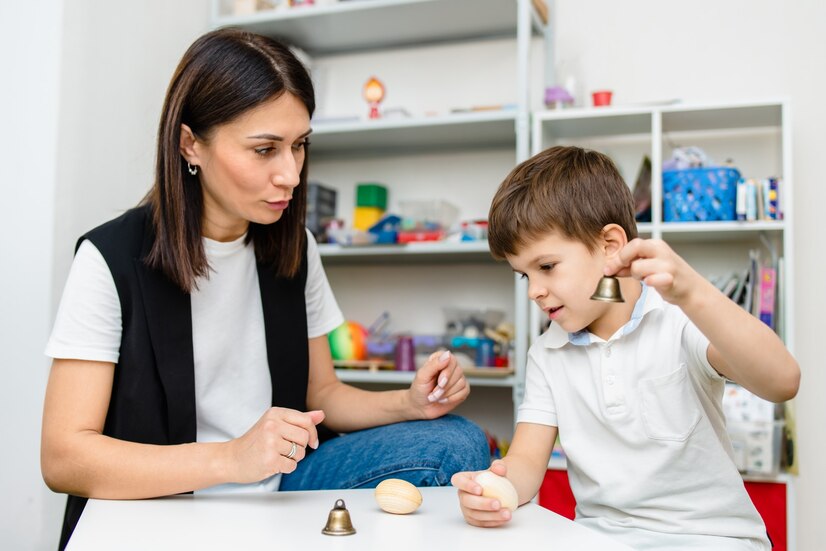


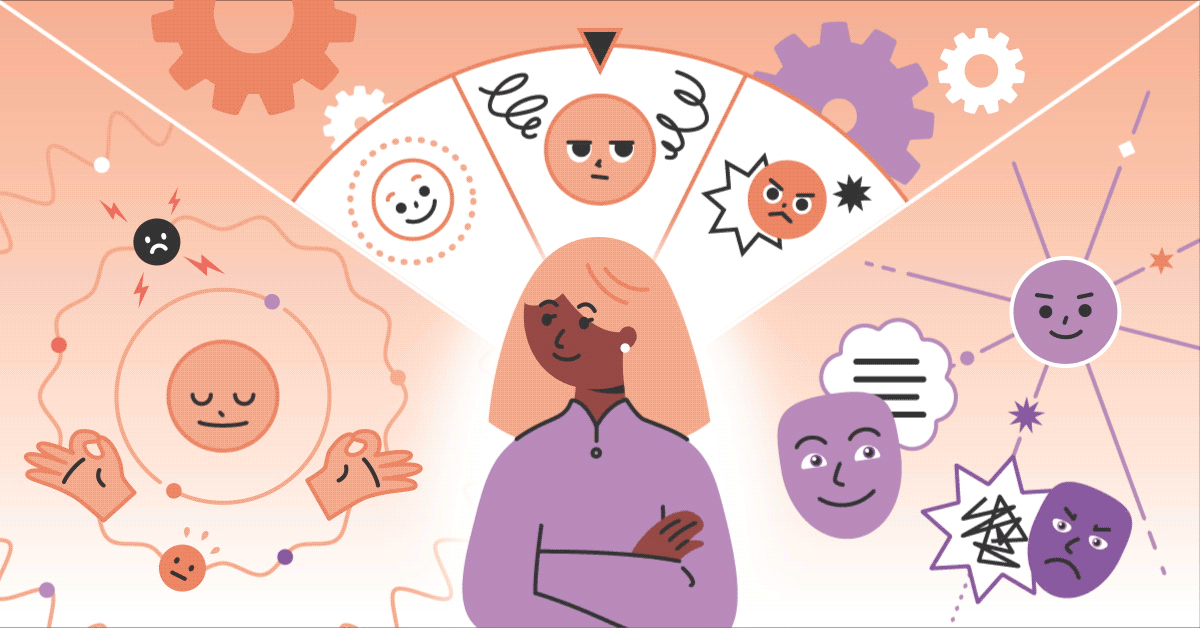




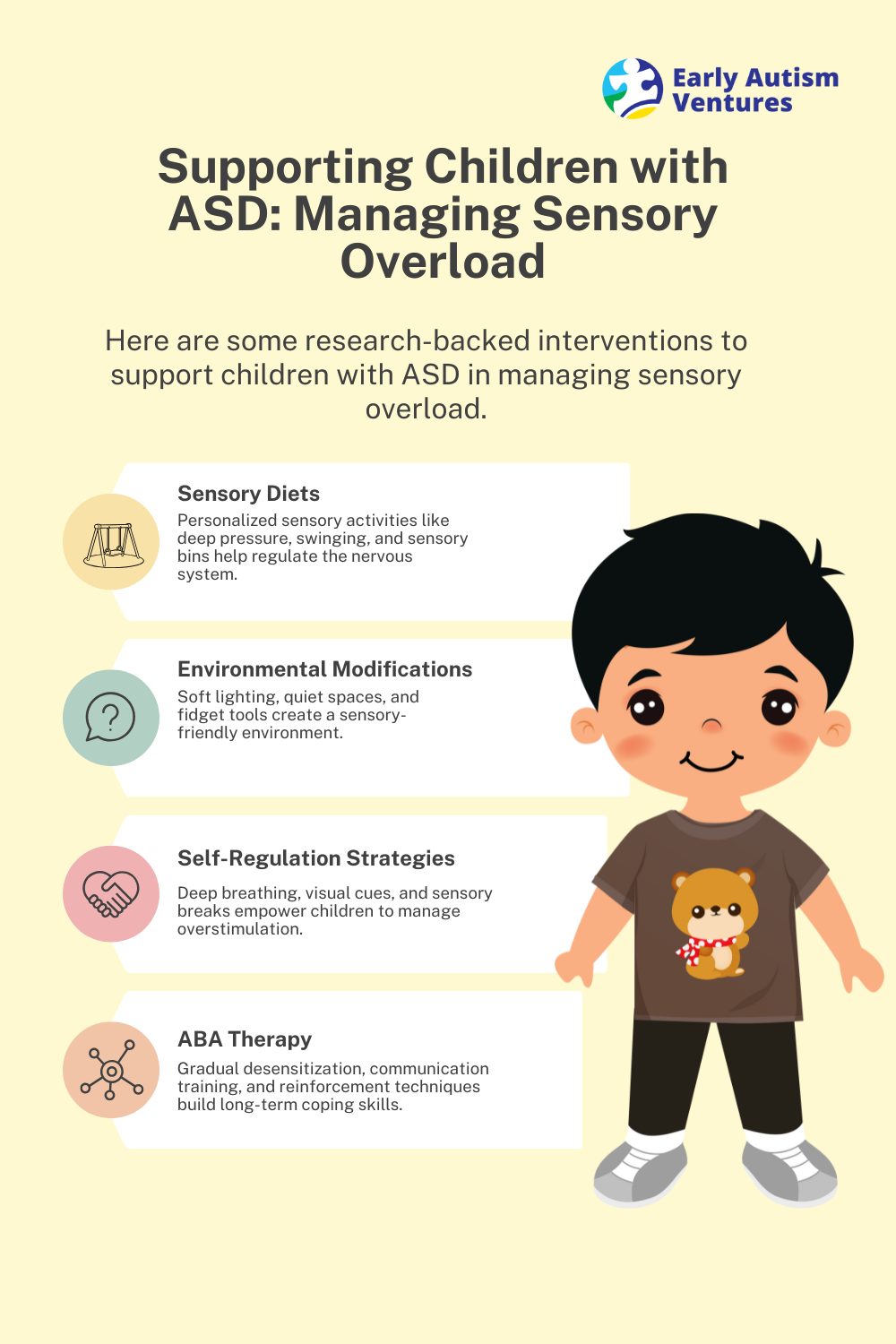


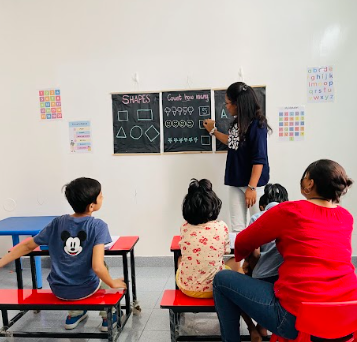


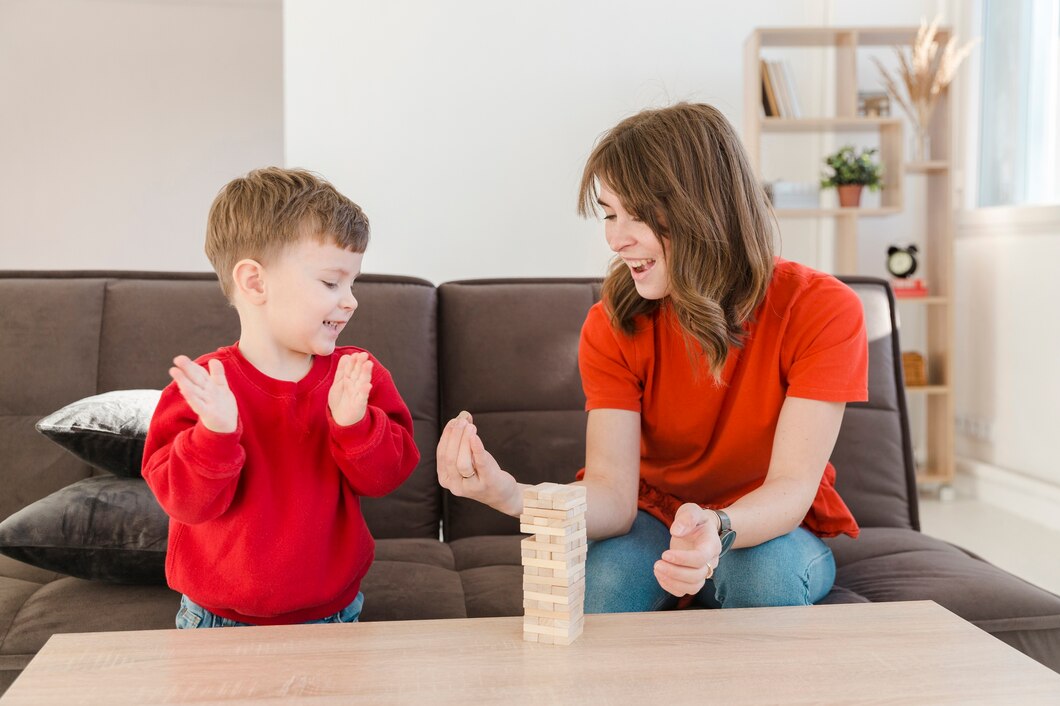






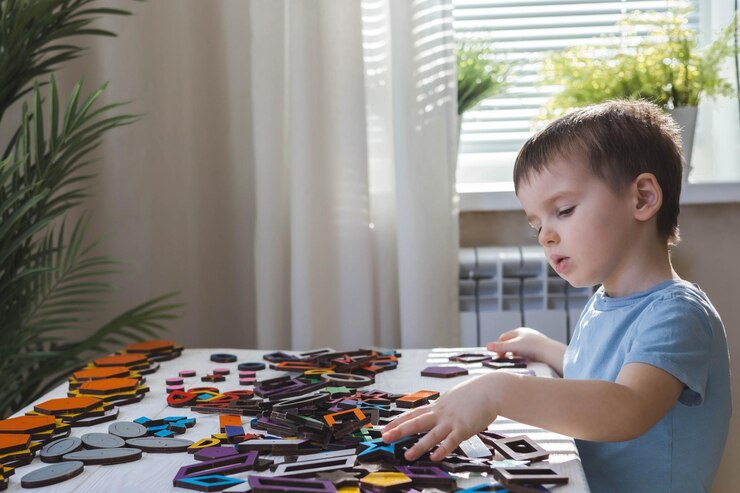
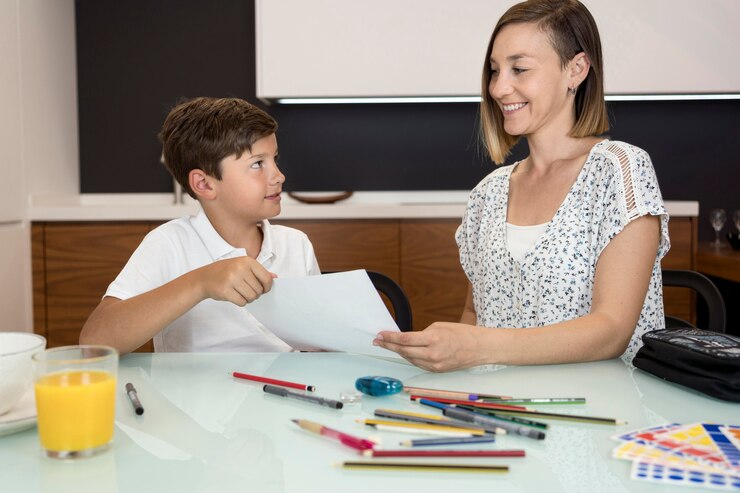

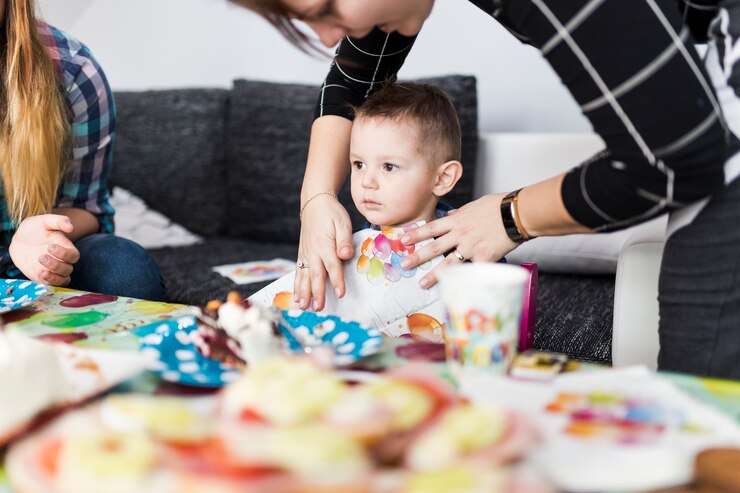
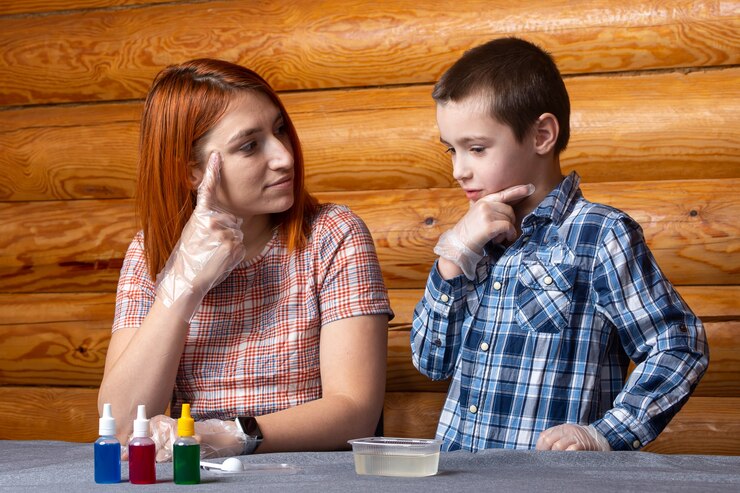

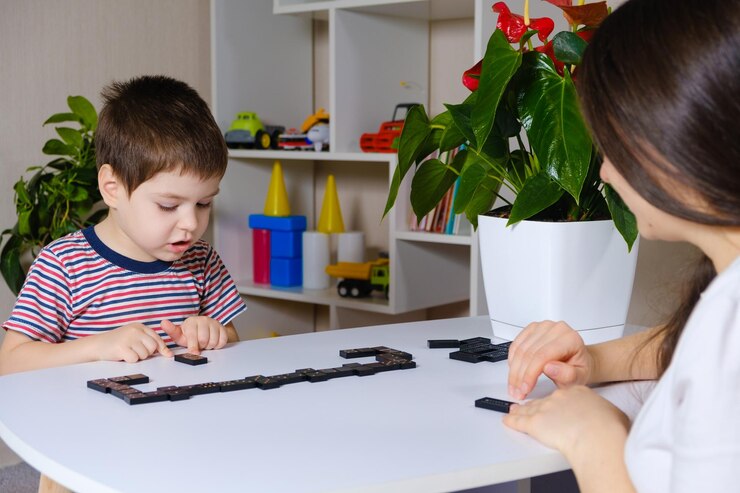
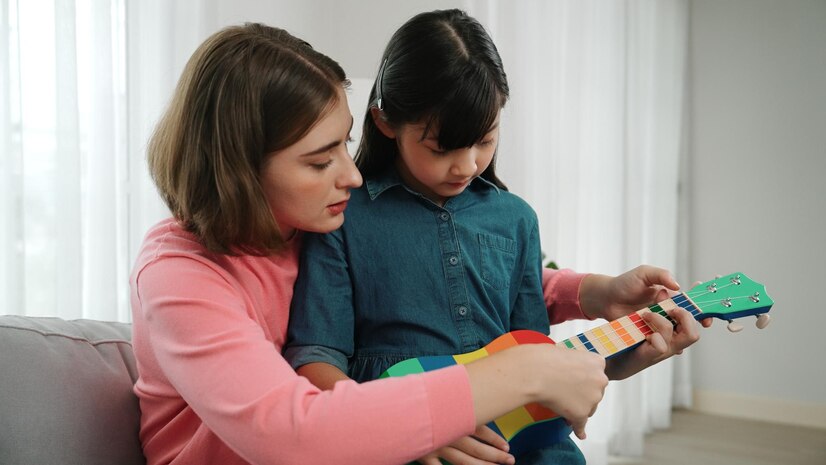
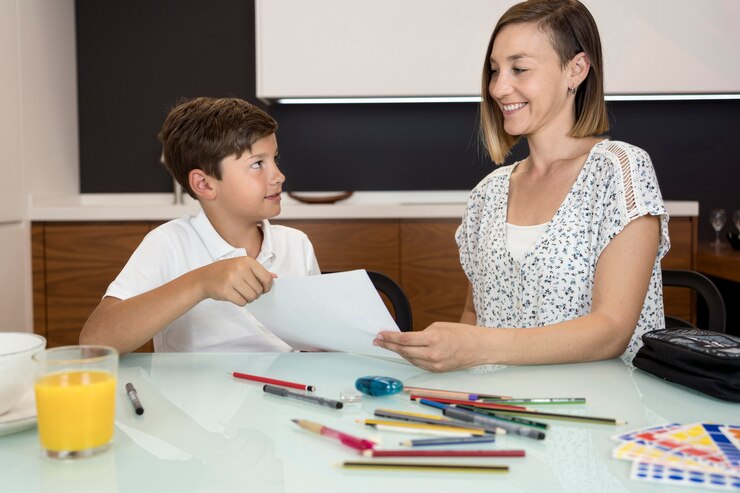




Recent Comments